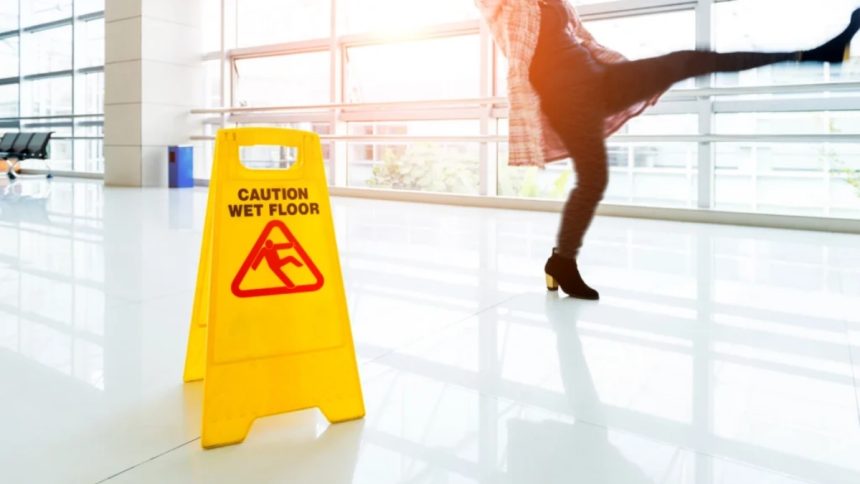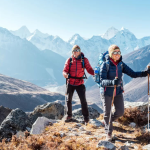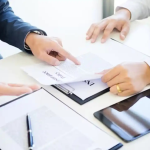Slip and fall accidents can result in severe injuries and significant financial consequences for victims. Proving liability in a slip and fall case often requires substantial evidence to establish negligence and demonstrate the extent of the injuries suffered. The stronger the evidence that you can provide, the more likely you will be able to recover maximum compensation. In this article, we will explore a few key types of evidence that are essential to slip and fall cases.
Photos and Videos
One of the most crucial pieces of evidence in a slip and fall case is photographic or videographic documentation. First, you will want to capture the accident scene, highlighting hazards that may have led to the fall, such as wet floors, loose carpeting, uneven surfaces, or poor lighting. You will want to take these photos and videos from multiple angles. Then, you will want to take photos and videos of visible injuries, such as bruises, lacerations, or swelling. Some of the most common injuries that the San Antonio slip and fall lawyers at The Aguirre Law Firm typically include spinal cord injuries, broken bones, and traumatic brain injuries.
Surveillance Footage
In cases where security cameras are present, such as in stores, parking lots, or other public places, video footage can be invaluable. This footage may capture the accident itself, showing precisely how the fall occurred, the events leading up to it, as well as potential negligence. It’s important to request this video footage as soon as possible, as many establishments delete or overwrite their footage within days or a week. Video evidence such as this is objective, compelling, and difficult for defendants to refute.
Medical Records
Medical records are another type of evidence in a slip and fall case. These records serve as official, documented, and objective evidence of the injuries you sustained from the fall. They will detail the treatment received, diagnoses, prognoses, prescribed medications, and more. Medical records are also pivotal in helping link the injuries directly to the slip and fall accident.
Police Reports
In some cases, a police report can also provide substantial evidence for your slip and fall case, particularly if the accident occurred in a public space. Although a police report might not be created for every case, it can add much value to your claim. Police reports will typically include details such as if any hazardous conditions potentially contributed to the accident, as well as witness and victim statements.
Witness Statements
Eyewitness statements can also be particularly valuable pieces of evidence in a slip and fall case. Witnesses may include any who saw the accident occur and can testify what they saw occur. It is best to obtain witness contact information and statements as soon as possible to ensure accuracy while the details are still fresh in their minds. These statements can help establish liability and corroborate the victim’s story.
Expert Testimony
The final type of evidence that may be used in a slip and fall case is expert testimony. Expert witnesses can include inspectors, medical professionals, or even engineers who specialize in accident reconstruction. For example, a safety expert could explain how poor lighting contributed to the accident. Expert testimonies are particularly valuable in that they can provide objective, professional, and specialized opinions about the details of the case.
Lynn Martelli is an editor at Readability. She received her MFA in Creative Writing from Antioch University and has worked as an editor for over 10 years. Lynn has edited a wide variety of books, including fiction, non-fiction, memoirs, and more. In her free time, Lynn enjoys reading, writing, and spending time with her family and friends.















